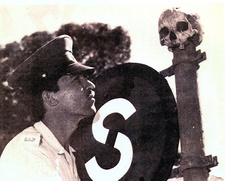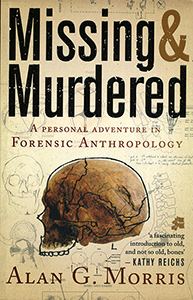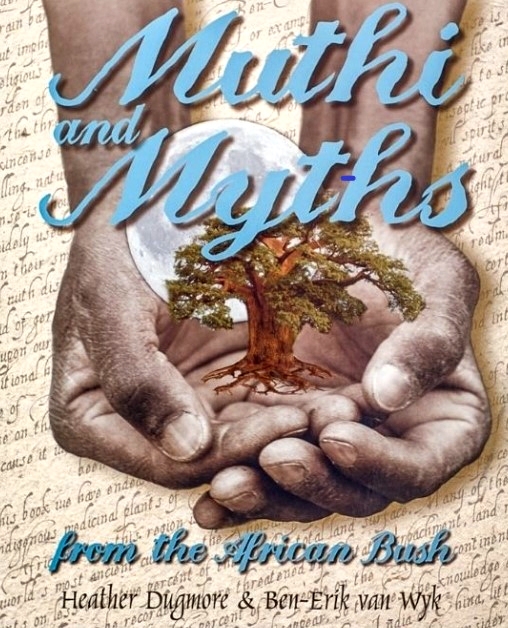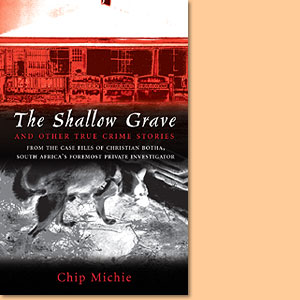Muti killings in South Africa

Muti killings in South Africa. A puzzeled constable of the South African Police ponders the origins of the human skull, full of holes and covered in candle wax, which was found on a traffic sign in Claremont. From: Missing & Murdered. A personal adventure in Forensic Anthropologie ISBN 9781770223615 / ISBN 978-1-77022-361-5
From the book 'Missing & Murdered': Muti Murders by Alan G. Morris, this chapter unveils the horrible facts on the presence of Muti killings in modern South Africa.
It was a horrible discovery. On 29 September 1994, a pair of hands and the forearms of a child were found on a refuse dump in the Boys Town squatter camp outside Langa in Cape Town. The arms had been severed with a large knife and the left ring finger was missing - amputated at around the time of death. Less than a week later the police arrested a sangoma - a South African traditional doctor - on information received from people in the community. When they searched the sangoma's shack they discovered the base of a human skull in the ashes of a fire on the floor, five pieces of dried human skin, a portion of scalp, a mandible with ten deciduous teeth and a small piece of skull vault. Elsewhere in the shack they found a green T-shirt wrapped around another piece of scalp with an ear attached, a section of the spinal column from the neck, and two pouches - one containing decomposing brain tissue and the other decomposing fat. Shortly afterwards the police arrested the sangoma's eighteen-year-old assistant and, in due course, the two of them pointed out a metal trunk dumped at the side of a nearby freeway. In the trunk were the rest of the remains of a five-year-old boy. My colleague Vince Phillips was called in at this stage to help identify the body. The arms and head were missing and the external genitalia had been cut off. Subsequent DNA analysis confirmed that the arms on the dump, the body in the metal box and the pieces at the shack were all from the same child. The finger, the genitalia and most of the head were never recovered. The newspapers reported the grisly finds and the people of Cape Town were incensed. This kind of murder involving a child and the harvesting of body parts had not occurred in Cape Town in recent memory, if at all. The sangoma never made it to trial. He had a long record of mental instability, with psychotic episodes for which he had been treated at the local mental hospital, and the court had him committed to an institution under the Mental Health Care Act. His accomplice was tried, but there was not enough evidence to convict him, so he was released. The local Langa community, however, made him pay the ultimate price: he was necklaced with a tyre; it was placed over his head and shoulders and set alight with petrol. Nearly six years after the Langa case in Cape Town, the police approached Maryna Steyn in Pretoria to examine three pots that had been recovered from a sangoma's house in the city. They had arrested a car thief, and under interrogation he had admitted to abducting a young man during a hijacking and delivering him, possibly still alive, to a sangoma in the township. During their search for the missing victim, the police had found the three suspicious pots in the sangoma's house. There was, however, no sign of the missing man. They consulted Maryna because they wanted an expert opinion on the substance of the pots. Maryna and her colleagues carefully laid out the three pots (now labelled Objects A, B and C) in the laboratory and examined both the pots themselves and their contents. Two of the pots were intact (A and C), but the police had broken open the middle pot. But the same could not be said about its contents. Inside the pot was a thick, foul-smelling fluid that contained a human tongue cut out with the hyoid bone of the throat still attached. The pot also contained several hand bones, some bone fragments, the first two neck vertebrae and parts of the bony eye sockets of a skull. All of the bones were human. [...]
Read more about this case of Muti killings that happened in South Africa in Prof. Dr. Alan G. Morris's book, Missing & Murdered: A personal adventure in Forensic Anthropology. Random House Struik Zebra Press. Cape Town, South Africa 2011. ISBN 9781770223615 / ISBN 978-1-77022-361-5.
Empfehlungen
Missing & Murdered
The report Missing & Murdered, a personal adventure in Forensic Anthropologie, is a facinating introduction to old, and not so old, bones.
Edge of Eden
Kenya, 1978. Deep in the vast wilderness of Aberdare National Park the horribly mutilated body of a man is discovered. The victim is a local villager. The killer a poacher known only as Fisi, 'the Hyena.
Muthi and Myths from the African Bush
52 compelling tales that lead on a journey of discovery of African plant mythology and its associated healing practices
The Shallow Grave and Other True Crime Stories
True High-profile crime cases the author has solved in recent years
Steeped in Blood
Steeped in Blood reports on bloody crimes of passion, political assassinations, sinister poisonings, investment fraud and mass mining disasters.
Byleveld: Dossier of a Serial Sleuth
Byleveld: Dossier of a Serial Sleuth focusses on Piet's years as a South African detective and the disturbing cases he has been involved in.






